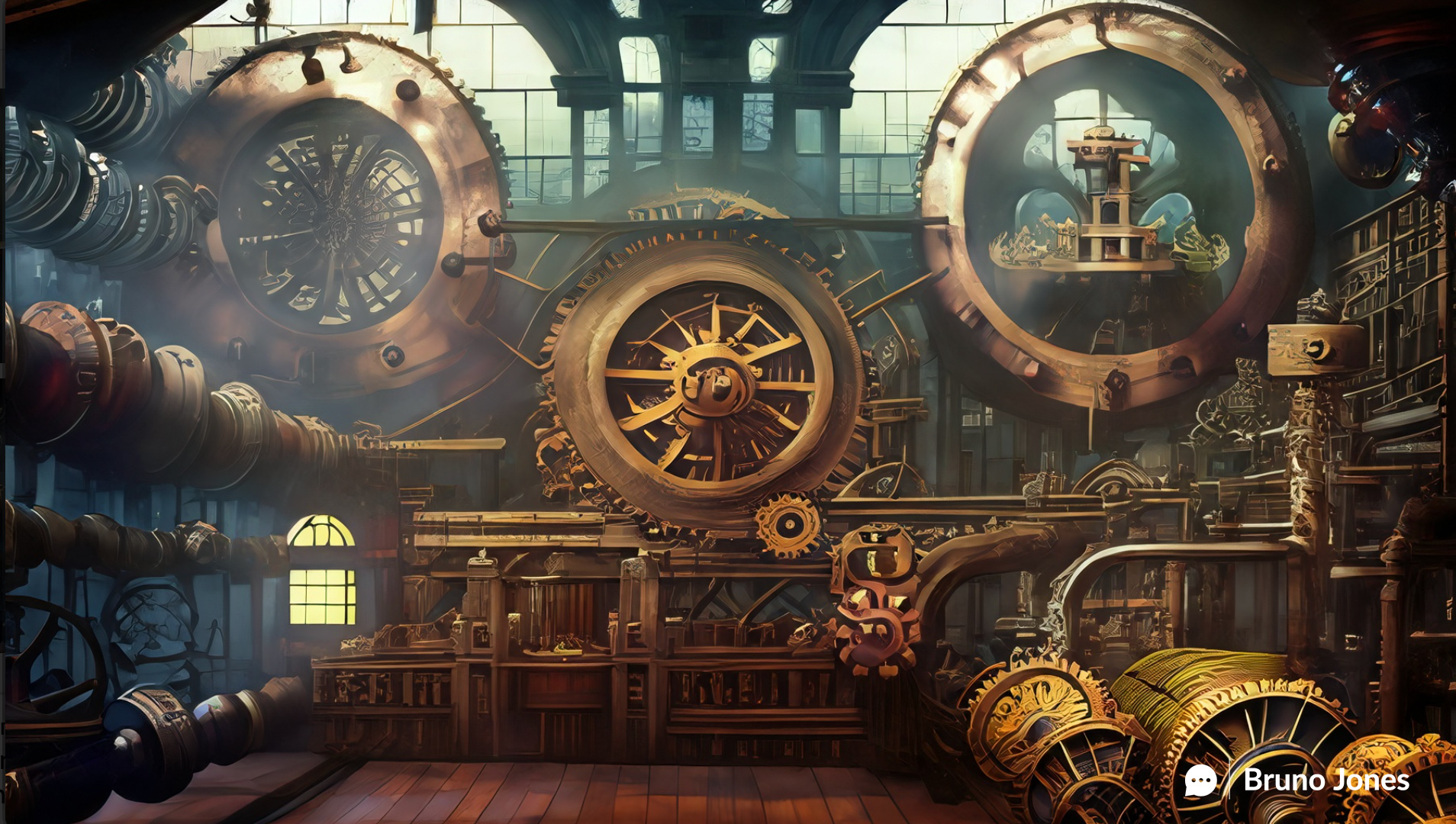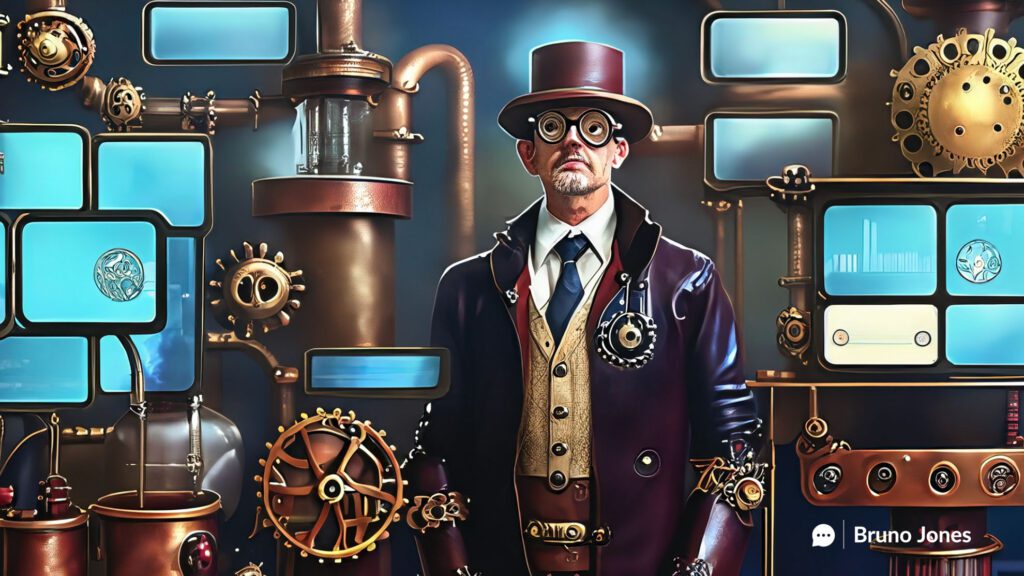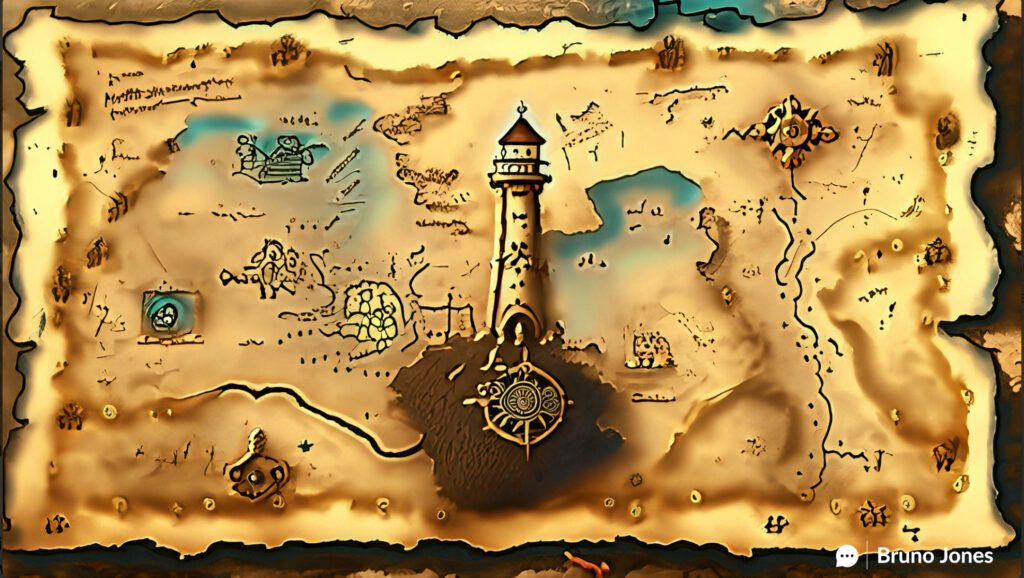Have you ever wondered why some products fly off the shelves while others gather dust? Why do some ads make you click instantly while others leave you cold? The answer lies in our minds. Understanding customer psychology is not just a nice to have in today’s competitive business landscape; it’s an absolute must.
Let me tell you a story. Imagine you’re a business owner selling a unique, high-quality product. You’ve invested time, money, and effort into creating this product, and you’re confident that it’s exactly what your target audience needs. But despite all your efforts, sales are sluggish. You’re getting traffic to your website, but people just aren’t clicking that ‘buy now’ button.
Frustrating, isn’t it?
Now, imagine a different scenario. You’re the same business owner with the same product. But this time, you’ve taken the time to understand your customers’ psychology. You know what makes them tick, their pain points, and how your product can solve their problems. You’ve tailored your marketing strategy to speak directly to these needs and desires. And the result? Your product is flying off the virtual shelves.
Quite a difference, isn’t it?
This is the power of customer psychology in shaping marketing strategies. It’s not about tricking people into buying things they don’t need. It’s about understanding their needs, desires, and pain points and showing them how your product or service can improve their lives.
In the following sections, we’ll delve deeper into this fascinating subject. We’ll explore the importance of choosing the right traffic source, the customer journey, key factors for successful marketing, and much more.

Table of Contents
So, are you ready to dive into the fascinating world of customer psychology and transform your marketing strategies?
The Importance of Traffic Sources
Imagine you’re throwing a party. You’ve got the venue, the music, the food, everything is perfect. But what if you sent the invitations to the wrong address? No matter how great your party is, it’s all for naught if the right people don’t know about it. The same principle applies to marketing. You could have the best product and most compelling ad, but your efforts will fall flat if you’re not reaching the right audience. This is where the importance of choosing the right traffic source comes in.
So, where should you start? The list goes on: Facebook, Google, Snapchat, TikTok, YouTube, and LinkedIn. Each platform has its own unique advantages and disadvantages, and understanding these can help you make an informed decision.
Let’s start with Facebook. It’s like the bustling city center of the digital world. With the most active users, it offers an almost unlimited pool of potential customers. Unlike Google, where you have to target people already searching for you, Facebook allows you to interrupt people’s scrolling with your ads, making it great for more impulse purchases.
Google, on the other hand, is like a specialized market. People come here with a specific intent, making it ideal for high-intent products. If someone is already searching for a solution to their problem, your ad could be just the answer they’re looking for.
Now, what about the newcomers – Snapchat and TikTok? These platforms are like trendy pop-up shops. They’re new, they’re cheap, and they’re where the younger crowd hangs out. The catch? The attention span here is short, so you need to make those first few seconds count.
Then there’s YouTube, a platform that’s quite similar to Facebook. It’s like a cinema where people are already listening. If your ads have compelling audio or voiceovers, YouTube could be a great choice for you.
And finally, we have LinkedIn, the business district of the digital world. It’s more suited for B2B marketing, while Facebook is great for direct-to-consumer marketing.
Choosing the right traffic source is like choosing the right location for your store. It’s not just about where you set up shop, but also about who walks by and comes in. So, where will you send your invitations?
The Customer Journey
Imagine you’re on a journey, a quest of sorts. You’re not battling dragons or seeking hidden treasures but on a mission nonetheless. Your mission? Find a product or service that meets your needs, solves your problems, and maybe even brings a little joy. This is the customer journey, and it’s a journey that every single one of us embarks on whenever we make a purchase.
Now, let’s take a closer look at this journey. It starts when you see an ad. Maybe it’s on Facebook, interrupting your scroll through your newsfeed. You click on it, intrigued by what you see. You’re taken to a website where you learn more about the product or service on offer. And if all goes well, you make a purchase. Simple, right? But there’s so much more to it than meets the eye.
Let’s focus on Facebook advertising for a moment. Why? Because it’s where the majority of people spend their budget. In fact, most of our clients spend about 80 to 90% of their budget on Facebook. That’s where they acquire the majority of their customers and grow their brand. And I would suggest that you start there too.
Why is Facebook so effective? Well, think about it. Facebook is like a bustling marketplace filled with potential customers. It’s not just about showing your ads to people who are already searching for you, like Google. It’s about interrupting people’s scrolling with your ads, making it great for more impulse purchases.
But remember, the customer journey doesn’t end with a purchase. It’s about building relationships with your customers, understanding their needs and desires, and showing them how your product or service can improve their lives. So, are you ready to embark on this journey with your customers?
Key Factors for Successful Marketing
Imagine you’re a chef. You’ve got the freshest ingredients, the perfect recipe, and the most beautiful presentation. But what if your kitchen is a mess, your oven doesn’t work, and your waitstaff is rude? No matter how good your food is, your restaurant will fail if the rest of the experience is lacking. The same principle applies to marketing. You could have the best product and the most compelling offer, but your marketing efforts will fall flat if your creatives, website, and ad account strategies are lacking.
Let’s start with the product. It’s like the main ingredient in your dish. If it’s not good, no amount of seasoning or garnishing can save it. You could have the most amazing marketing, but you won’t be as successful if your product is average. On the other hand, if you have a great product, even with average marketing, you can be successful.
Next is the offer. It’s like the price on your menu. It’s not just about how much your dish costs but also about how it’s presented. Is it a discount? Is it buy one get one free? Is it free shipping over a certain amount? Your offer is a crucial element to the success of your brand.
Then we have the creatives and the website. They’re like your dish’s presentation and your restaurant’s ambiance. Your images, videos, and ad copy are the elements that go into your campaigns. On the other hand, your website is where your customers experience your brand. It’s where they learn more about your product, make their purchase, and hopefully, become repeat customers.
Finally, we have the ad account strategies. They’re like the kitchen in your restaurant. It’s where all the magic happens. It’s where you test different strategies, like lookalike audiences, interests, cost caps, and more. But remember, just like a clean and efficient kitchen, your ad account strategies are only as good as the product, offer, creatives, and website they support.
Structuring Facebook Ads
Picture this: you’re a tour guide leading a group of eager travelers on a journey. You start at the top of a mountain, where the view is breathtaking and the possibilities seem endless. This, my friends, is the top of the funnel in Facebook advertising. It’s where you show your ads to brand-new people who have never engaged with your brand before. They’re fresh faces, ready to be introduced to your product or service. You will spend about 70% of your budget here, attracting these potential customers.
Now, imagine you’ve led your group halfway down the mountain. You’re in the middle of the journey now, the middle of the funnel. These are the people who have engaged with your brand. They’ve liked, commented, shared, and maybe even followed you on Instagram. They’ve shown interest, but they haven’t made a purchase yet.
Next, you guide your group to the bottom of the mountain. This is the bottom of the funnel. These people have visited your website and added items to their cart, but haven’t made a purchase. They’re so close to buying, they just need a little nudge.
Finally, you’ve reached the end of the journey. But this isn’t the end, it’s just the beginning of a new journey. This is the retention stage, where you focus on your existing customers. These are the people who have already bought from you. They’ve reached the end of one journey but are ready to embark on another.
Each stage of this journey is crucial in the customer journey. It’s not just about getting people to the top of the mountain, it’s about guiding them all the way down and then getting them ready to climb another mountain. So, are you ready to be the guide your customers need?
Retargeting with Facebook Audiences
Imagine you’re at a party. You’ve met many new people and had some interesting conversations, but one person really caught your attention. You’ve had a great conversation, but then they disappear into the crowd. You’d like to continue the conversation, wouldn’t you? That’s what retargeting with Facebook audiences is like. You’ve had an initial interaction with potential customers, and now you want to continue the conversation, to keep them engaged and eventually lead them to make a purchase.
Let’s start with the people who have engaged with your Facebook and Instagram page or ads. These are the people who have shown some interest in your brand. They’ve liked, commented, shared, and maybe even followed you. You can create an audience of these people and show them more ads. It’s like finding that interesting person at the party and continuing the conversation.
Next, we have the people who have watched your videos. These are the people who have shown a deeper level of interest. They’ve taken the time to watch your content to learn more about your brand. You can create an audience of these people and show them more targeted ads. It’s like that person at the party who talked to you and listened to your stories.
Then we have the people who have visited your website. These are the people who have shown a significant level of interest. They’ve taken the step to visit your website to explore your products or services. You can create an audience of these people and show them more personalized ads. It’s like that person at the party who talked and listened to you and showed interest in getting to know you better.
Next, we have the people who have added to the cart. These people were so close to making a purchase, but for some reason, they didn’t. You can create an audience of these people and show them ads that nudge them towards making that purchase. It’s like that person at the party who showed interest in you, but for some reason, they didn’t ask for your number. You’re giving them another chance to make that move.
Finally, we have the people who have made a purchase. These are your existing customers. You can create an audience of these people and show them ads for other products they might be interested in. It’s like that person you had a great conversation with at the party, and now you’re keeping in touch, building a deeper relationship.
Each of these audiences plays a crucial role in your retargeting campaigns. They’re like the people you meet at a party, each at a different relationship stage. And just like at a party, the goal is to build deeper relationships, keep the conversation going, and turn these relationships into loyal customers. So, are you ready to throw a great party?
Building Solid Creatives
Imagine you’re a chef. You’ve got all these ingredients at your disposal, and your task is to create a dish that tastes good and looks appealing. That’s what building solid creatives for Facebook ads is like. You’ve got all these elements at your disposal, and your task is to create an ad that attracts attention and persuades people to take action.
So, what are these ingredients and elements that you need to consider? Let’s dive in.
First, we have the problems and pain points. It’s like the appetizer that whets the appetite. You’re highlighting the issues that your potential customers are facing. It’s like saying, “Are you tired of bland food?” You’re stirring up a desire for a solution.
Next, we have the solution. This is the main course, the star of the show. This is where you present your product or service as the answer to the problems and pain points. It’s like saying, “Our spicy salsa will add a kick to your meals.” You’re showing them how their life could be better.
Then, we have the benefits. These are the side dishes that complement the main course. They enhance the appeal of your solution. It’s like saying, “Our salsa is not only spicy but also packed with healthy ingredients.” You’re giving them more reasons to want your product.
Next, we have the features. These are like the unique spices that give your dish its distinctive flavor. They set your product apart from the competition. It’s like saying, “Our salsa is made with a secret blend of herbs and spices.” You’re making your product more memorable.
Of course, you need to show the product. This is the presentation of the dish. It’s what makes people say, “That looks delicious!” It’s like showing a picture of your salsa, with its vibrant colors and chunky texture. You’re making your product tangible.
Then, we have social proof, authority, and reviews. These are testimonials from satisfied customers. They validate the claims you’ve made about your product. It’s like having people say, “This is the best salsa I’ve ever tasted!” You’re building trust in your product.
Finally, we have the call to action. This is the invitation to taste the dish. It’s what prompts people to take the next step. It’s like saying, “Try our salsa today!” You’re guiding them toward making a purchase.
Each of these elements plays a crucial role in creating effective creatives. They’re like the ingredients in a dish, each adding its own flavor, all working together to create something delicious. And just like in cooking, the key is to find the right balance, to blend these elements in an appealing and persuasive way. So, are you ready to cook up some irresistible ads?
Recap: Understanding Customer Psychology for Effective Marketing
Imagine we’ve been on a journey, a trek through the wilds of marketing, navigating the terrain of customer psychology and learning the lay of the land. We’ve seen the towering peaks of traffic sources, the winding paths of the customer journey, and the fertile valleys of key factors for successful marketing. We’ve built bridges with our Facebook ads, discovered hidden treasures in retargeting, and crafted masterpieces with our creatives.
But what does all this mean for you?
Well, think of it this way. You’re not just a marketer. You’re a guide, a navigator, a storyteller. You’re the one who can lead your customers on their own journey, from the first glimmer of interest to the final decision to purchase. You’re the one who can make that journey not just possible but enjoyable, memorable, and meaningful.
So, what’s next?
Well, that’s up to you. You’ve got the map, the compass, the tools. Now it’s time to put them to use. It’s time to take what you’ve learned and apply it to your own marketing strategies. It’s time to engage with your customers and understand their needs, desires, and dreams. It’s time to create marketing campaigns that don’t just sell products, but tell stories, evoke emotions, and inspire action.
So, are you ready? Are you ready to take the leap to embark on your own marketing journey? Are you ready to harness the power of customer psychology, to create marketing strategies that are not just effective but transformative?
The path is before you. The journey awaits. All you have to do is take the first step.
I get it. This journey we’ve been on, it’s a lot to take in. The world of marketing, with its twists and turns, its peaks and valleys, can feel overwhelming. It’s like standing at the foot of a mountain, looking up at the summit, and wondering how you’ll ever reach the top.
But here’s the thing: you don’t have to do it alone.
If you’re feeling overwhelmed or unsure where to start or how to proceed, remember this: I’m here to help. I’ve walked this path, navigated this terrain, and can guide you through it.
So, if you need a hand or want someone to help you make sense of it all, don’t hesitate to reach out. Let’s take this journey together. Let’s turn that mountain into a molehill. Let’s make marketing not just manageable but meaningful.
Remember, it’s okay to ask for help. And when you do, I’ll be here, ready to lend a hand.
Unlock the full potential of your digital marketing strategy with Bruno Jones’ expert guidance. If you’re seeking tailored solutions that blend innovative tactics with solid results, it’s time to reach out. Contact Bruno now for a consultation that can transform your brand’s online presence. Elevate your marketing game with a leader in the field.
About Bruno Jones
Bruno Jones, based in Denver, is a seasoned digital marketing expert with over 20 years of experience. He’s renowned for his expertise in enhancing online brand presence, particularly for companies in Colorado and Utah. His educational background in electrical engineering and a transformative approach to digital marketing from Columbia Business School have shaped his unique strategy, merging technical know-how with creative flair.
Bruno excels in harnessing consumer psychology and game theory to craft compelling digital narratives. His blog is a treasure trove of advanced SEO, social media, email marketing insights, and more, catering to both industry professionals and enthusiasts. Each of his posts showcases his knack for simplifying complex ideas into practical, outcome-oriented tactics, cementing his status as a pioneer in digital marketing innovation.



